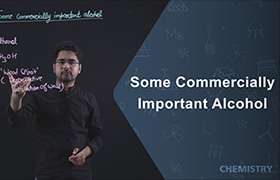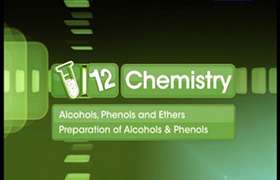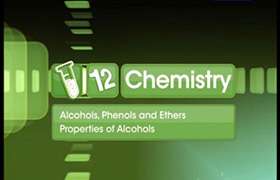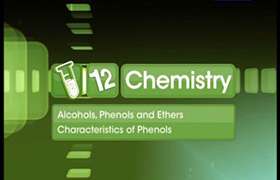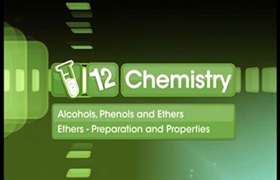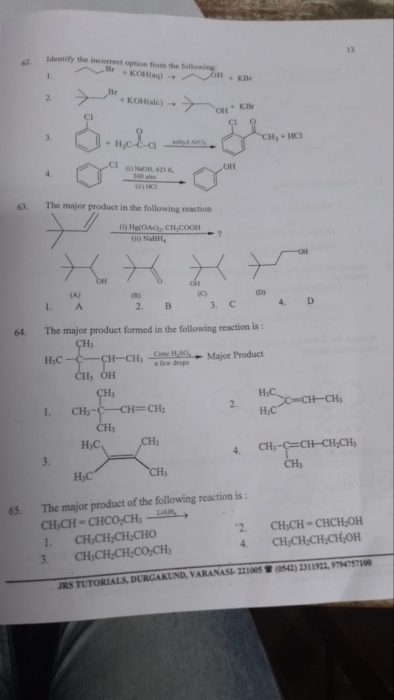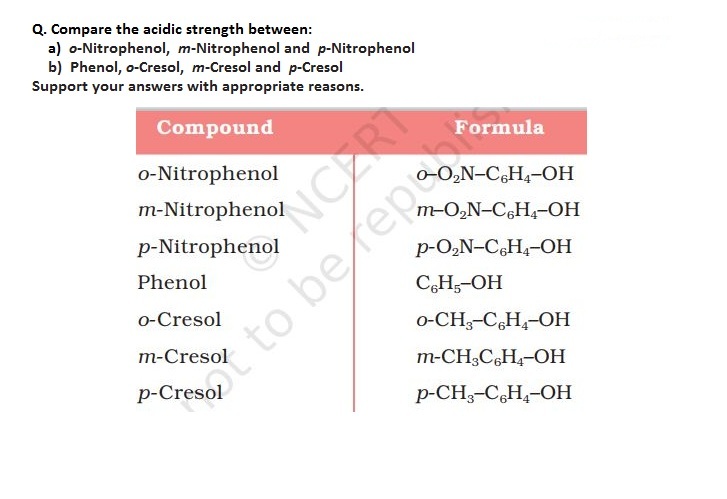CBSE Class 12-science Answered
This test is used to differentiate the water-solubility of the primary, secondary, and the tertiary alcohols. It is a mixture of zinc chloride, the ZnCl2 in concentrated HCI. The addition of this reagent, the tertiary alcohol reacts quickly and immediately gives an insoluble white layer. The secondary alcohol reacts quite slowly and, after heating it slightly, it gives the white layer in 10 min. The primary alcohol does not react with the regent. The formation of the heterogeneous phase or the appearance of an emulsion is the positive test.
primary alcohols & phenols
CH3CH2-OH + HCI + ZnCl2 ----> no reaction
secondary alcohols
(CH3)2CH-OH + HCI + ZnCl2 ----> insoluble (10 min. heat)
tertiary alcohols
(CH3)3C-OH + HCl +ZnCl2 ----> insoluble (< 5 min.)

